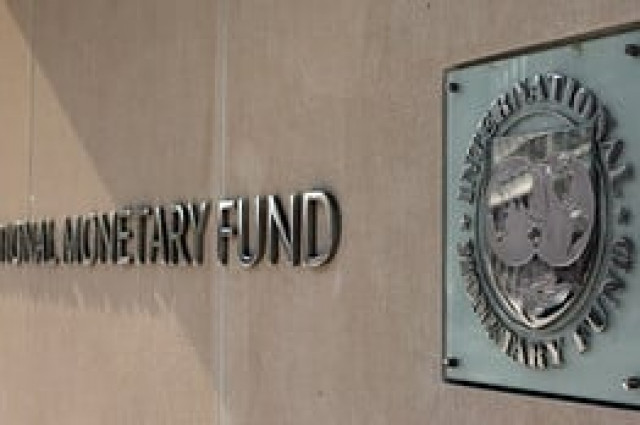IMF warns global debt could hit 123% of GDP by decade’s end, nearing WWII levels
Warns of possible 'disorderly' market correction that could trigger fiscal-financial 'doom loop'

Global public debt is projected to rise above 100% of gross domestic product (GDP) by 2029, reaching its highest level since 1948 and continuing to climb, the IMF said on Wednesday, urging countries to build up buffers to guard against economic risks, Reuters reported.
Vitor Gaspar, head of the International Monetary Fund (IMF)’s fiscal affairs department, said global public debt levels could soar as high as 123% of GDP by the end of the decade under an “adverse, but plausible scenario,” just under the all-time high of 132% reached just after World War Two.
“From our viewpoint, the most concerning situation would be one in which there would be financial turmoil,” he said in an interview, citing a separate IMF report released on Tuesday that warned of a possible “disorderly” market correction.
That could unleash a fiscal-financial “doom loop”, like the one that occurred during the European sovereign debt crisis that began in 2010, Gaspar said.
Concerns over new US-China trade war
The IMF this week edged up its 2025 global growth forecast given a more benign impact from tariffs, although it warned that a renewed US-China trade war – which escalated after the numbers were locked in – could slow output significantly.
Gaspar said the highly uncertain outlook made fiscal reforms more important than ever, and the IMF was urging both advanced economies and developing countries to reduce their debt levels, cut deficits and build up buffers.
“With quite significant risks on the horizon, it’s important to be prepared, and preparation requires having fiscal buffers that allow authorities to respond to severe adverse shocks in the eventuality of a financial crisis,” he said.
Previous research by the IMF showed that countries with more fiscal space were better able to limit damage to employment and economic activity in the event of severe adverse shocks combined with a financial crisis, said Gaspar.
In its latest Fiscal Monitor, the IMF noted that rich economies had public debt levels already greater than 100% of GDP, or projected to surpass that level, including the United States, Canada, China, France, Italy, Japan and Britain.
Their risk is considered low-to-moderate since these countries have deep sovereign bond markets and more policy choices, while many emerging markets and low-income countries have fewer resources and face higher borrowing costs, despite their relatively low debt ratios.
Borrowing is far more expensive now than the period between the global financial crisis of 2008-2009 and the pandemic that began in 2020, Gaspar said. Rising interest rates are pressuring budgets at a time when demands are high due to geopolitical tensions, increasing natural disasters, disruptive technologies and aging populations.
“While we do recognise that the fiscal equation is very hard to square politically, the time to prepare is now,” he wrote in a forward to the fiscal monitor, noting that targeted public spending for education and infrastructure could boost GDP.
Investing in human capital could boost growth
Allocating just one percentage point of GDP from current spending to education or other human capital investment could boost GDP by more than 3% by 2050 in advanced economies, and almost twice as much in emerging market and developing economies, the IMF said.
In the US, public debt to GDP surpassed the post-World War Two peak during the Covid pandemic, and it is projected to surpass 140% of GDP by the end of the decade, Gaspar said.
He said IMF officials would urge US authorities to stabilise debt by shrinking the budget deficit during an upcoming review of the US economy that starts next month.
Cutting the US deficit would help rebalance the US economy, while freeing resources for the private sector in the US and around the world, helping to lower interest rates and making financing conditions more favourable, Gaspar said.
China’s public debt was also rising sharply, surging from 88.3% of GDP to an expected 113% by 2029, said the IMF, which is also planning a regular review of China’s economy next month.






















COMMENTS
Comments are moderated and generally will be posted if they are on-topic and not abusive.
For more information, please see our Comments FAQ